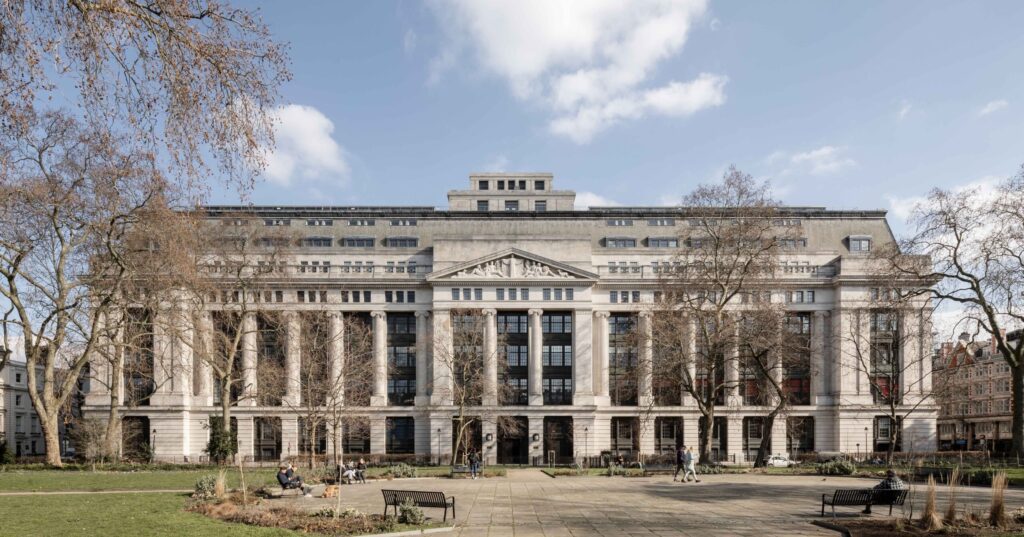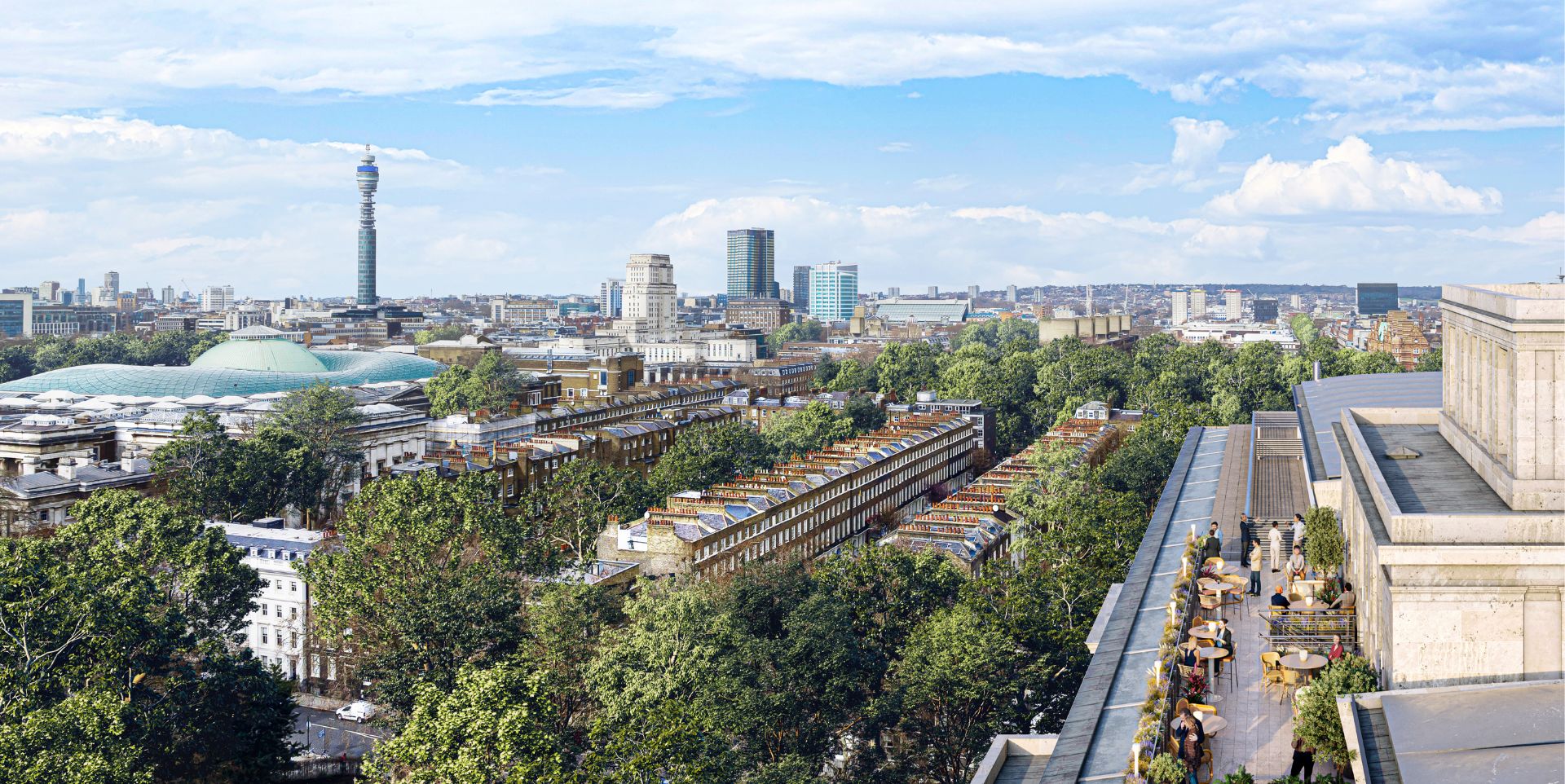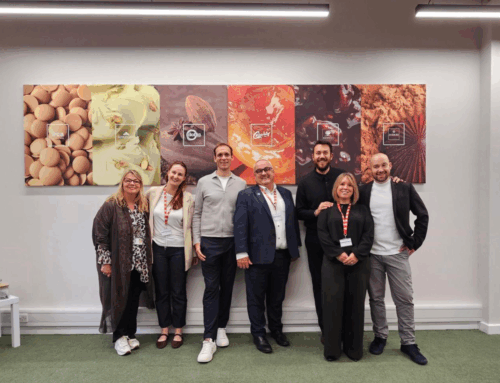With traditional office spaces facing higher vacancy rates, London’s commercial landlords are increasingly focusing on the life sciences sector, which promises not just revitalisation but innovation.
Nestled within the famed “golden triangle” alongside Oxford and Cambridge, London holds a strategic life science real estate advantage. Though relatively small compared to Oxford and Cambridge, the city’s science and innovation market has developed rapidly in recent years. This was evident in 2022, with the highest level of science-related take-up ever recorded in London, totalling 459,000 sq ft, according to data from Savills.
There is a demand for 700,000 sq ft of science-related office and laboratory space in the market, and the capital also boasts a wealth of scientists and tech talent crucial for burgeoning biotechs.
Navigating Slowdowns and Sector Resilience
While it’s true that recent trends indicate a change in investor sentiment – the life sciences sector has moved to the 11th spot in the ULI and PwC’s Emerging Trends Europe 2024 report, and a slowdown in venture capital funding appears to have somewhat tempered investor enthusiasm – the sector remains resilient.
Rental prices in the golden triangle saw substantial increases last year, underscoring sustained demand. To optimise investment and navigate slowdowns, developers navigating these waters must tread carefully. The rush to convert office spaces into labs, while indicative of market optimism, has raised concerns about potential oversupply and the likelihood of poorly situated, subpar life science real estate being rushed into development.
The Importance of Strategic Location
There is still significant interest in well-planned, strategically located developments within the golden triangle that meet the exacting standards of modern biotech needs, particularly for those positioned in London.
In Bloomsbury, ambitious plans to create a thriving life sciences hub at the heart of Central London’s Knowledge Quarter are near completion; grade II listed Victoria House, located on Bloomsbury Square, has been transformed into 220,000 sq ft of wet lab enabled life science space, which will be available in Autumn 2024.

The cutting-edge development, which will serve as the new home of BIA, the trade association for UK life sciences, will also offer 80,000 sq ft of office, amenity, meeting and retail spaces, with an eighth floor club lounge and roof terrace overlooking central London. Keeping customer wellbeing and sustainability at its core, the project is on track to achieve BREEAM ‘Excellent’ certification.
Its location gives Victoria House a true competitive advantage versus London’s existing life science real estate and immediate development pipeline, which is predominantly in edge-of-town and fringe locations. Meeting the needs of science entrepreneurs and innovators seeking to join the thriving life sciences ecosystem in the Knowledge Quarter, its neighbours include the Wellcome Trust, the London College of Physicians and the London BioScience Innovation Centre, as well as the Francis Crick and Alan Turing Institutes.
The Future of Life Sciences Real Estate Developments
1. Strategic alliances in London and Oxford
Pioneer Group recently announced a new partnership with The Crown Estate and Oxford Science Enterprises (OSE) to deliver much-needed science, technology and innovation workspace. With a long-term ambition of investing up to £1.5 billion, the partnership will focus on addressing the lack of suitable real estate and community infrastructure for the science, technology and innovation sectors through mixed-use regeneration and development.
This month, we also announced an exciting, first-of-its-kind partnership with King’s College London to launch new dedicated start-up incubators in biotech and medtech on the South Bank of London. Totalling 95,000 square feet of incubator facilities, the new, state-of-the-art spaces will be split across two sites and will cater for university enterprises and early-stage companies in biotech and medtech, helping them produce new products and technologies that will help improve patient treatment and care.
These strategic alliances are examples of how unique partnerships can be formed to innovatively meet new and growing market needs.
2. Ambitious regeneration plans in Cambridge
Earlier this year, we were also delighted secure planning permission from Cambridge City Council, subject to S106, for the redevelopment of the Grafton Centre in the city. The shopping centre will undergo a multi-million pound regeneration, being converted into laboratory and office space for life science and tech companies. The western end of the centre will be retained and transformed into a more attractive destination for local shoppers.
In addition to long-term improvements to retail, with an anticipated £111.2 million extra economic impact on the surroundings, the project will also bring significant, positive environmental benefits, including +649% biodiversity net gain and 18,500 tonnes carbon savings through repurposing existing buildings.
A Focus on Quality Developments
As the landscape continues to shift, it is the developments focused on embracing innovation, leveraging the Golden Triangle’s unique strengths, and steering towards sustainable growth that will succeed. With careful planning and a focus on quality, there’s ample reason to be optimistic about the future of lab space in London, Cambridge and Oxford’s skylines.
Looking for lab space?
Victoria House is at the epicentre of Life Sciences in London.




